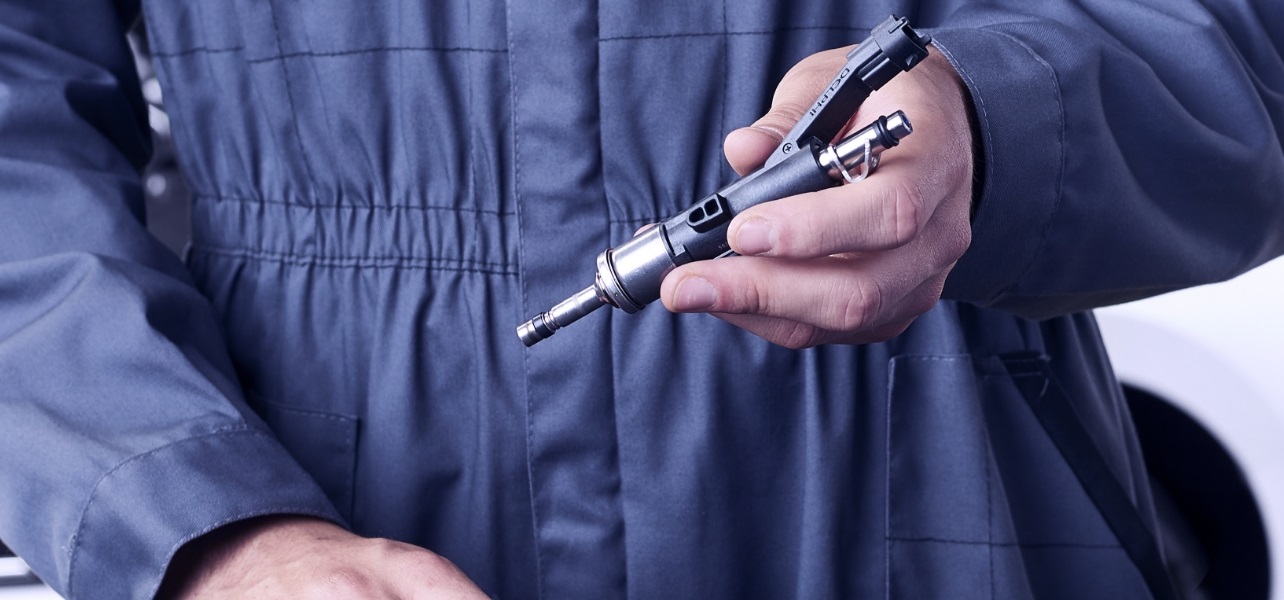Resource Highlights
In this article you will find some great tips about how to identify a flex fuel vehicle so you can select the right pump for your vehicle.

Unique Parts | First, let’s talk about why flex fuel vehicles require parts designed just for them, and why you don’t want to use E85 in any vehicle that isn’t designed to run on alcohol-based fuels. E85 is eighty five percent ethyl alcohol, with fifteen percent gasoline added to it to make ethanol. So compared to gasoline, E85 has a higher oxygen content, more electrical conductivity, and it absorbs more moisture. That makes it highly corrosive. So if your vehicle isn’t designed to use E85, DON’T PUT IT IN THE TANK! E85 also yields less energy. So a flex fuel vehicle must have the right software in order to adjust its air – fuel ratio and generate the necessary power. |
Determining if a vehicle is flex fue | One of the easiest ways to determine if a vehicle is flex fuel is to look at the gas cap. On a flex fuel vehicle, it’s yellow, and printed with the fuels that can be used. A label on the inside of the fuel door will also indicate the fuel type. You can also check for Flex Fuel or E85 badging on the vehicle, or take a look at the eighth character of the VIN. Refer to service or application information that will tell you whether the vehicle is a flex fuel application. |
Only use E85 | It’s important to make sure you’re only using E85 in a flex fuel vehicle. In a conventional fuel system, it can cause a lot of problems.
To make the right repair, you have to properly identify flex fuel vehicles and use the parts that are made for them. With these tips, you’ll be well on your way. |
SIGN UP TO FIND MORE
Fill up your details to hear more from our experts and get the latest updates from Delphi.



